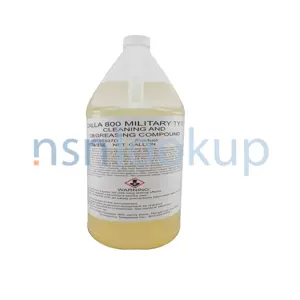 Additional Information for Triethanolamine
Additional Information for Triethanolamine
Triethanolamine, also known as TEA, is a versatile chemical compound that belongs to the supply class of Chemicals in the supply group Chemicals And Chemical Products. It is a clear, viscous liquid with a mild ammonia-like odor.
Triethanolamine is commonly used in various industries and applications due to its unique properties. Here are some key characteristics and uses of Triethanolamine:
1. Chemical Formula: The chemical formula of Triethanolamine is C6H15NO3.
2. Solubility: Triethanolamine is highly soluble in water, alcohol, and other organic solvents.
3. pH Adjuster: It is often used as a pH adjuster or buffer in various cosmetic and personal care products, such as shampoos, soaps, lotions, and creams. It helps to maintain the desired pH level of these products.
4. Emulsifier: Triethanolamine acts as an emulsifier, helping to blend oil and water-based ingredients in cosmetic formulations. It improves the stability and texture of emulsions.
5. Surfactant: It also functions as a surfactant, reducing the surface tension of liquids and enhancing their wetting and spreading properties. This makes it useful in cleaning products, detergents, and industrial applications.
6. Corrosion Inhibitor: Triethanolamine is used as a corrosion inhibitor in metalworking fluids and cooling systems. It helps to protect metal surfaces from rust and corrosion.
7. Cement Additive: In the construction industry, Triethanolamine is used as a cement additive. It acts as a grinding aid, improving the efficiency of cement grinding and reducing energy consumption.
8. Textile Industry: Triethanolamine is utilized in the textile industry as a dyeing auxiliary and fabric softener. It helps to improve dye absorption and enhances the softness of fabrics.
9. Pharmaceutical Applications: Triethanolamine is also used in certain pharmaceutical formulations, such as ointments and creams, as an emulsifying agent and pH adjuster.
It is important to handle Triethanolamine with care and follow proper safety precautions, as it can cause skin and eye irritation. It is advisable to consult the safety data sheet (SDS) and follow the recommended handling and storage guidelines provided by the manufacturer.
Please note that this is a general overview of Triethanolamine, and specific applications and regulations may vary depending on the industry and country.
 Related Item Names for INC 58722 Triethanolamine
Related Item Names for INC 58722 Triethanolamine
 NATO Stock Numbers with Item Name 58722 Triethanolamine Page 1 of 1
NATO Stock Numbers with Item Name 58722 Triethanolamine Page 1 of 1
- 123892868
- 108379.1000
- RNCC: 3 | RNVC: 2
- 270543400
- 19612
- RNCC: 3 | RNVC: 2
- 123914267
- 1083790250
- RNCC: 3 | RNVC: 2
- 218631842
- 9468
- RNCC: 3 | RNVC: 1
- 218650967
- T407
- RNCC: 3 | RNVC: 1
